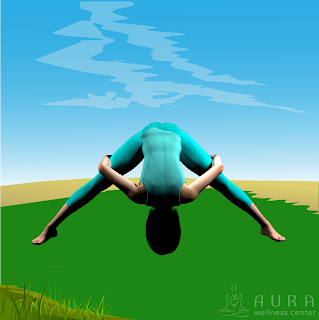Have you ever “subbed” (substituted classes) at new locations and gotten confused with logistics? Have you been unsure of what questions to ask to be better prepared? Teaching in new places (new to you as a teacher, at least) comes with many details to learn. This can sometimes all have to happen quite quickly, such as if you’re stepping in to help a fellow teacher in an emergency.
Other times, the process of communication necessary to make sure “subs” (substitutes) have what they need to succeed sometimes breaks down, for varied reasons. What can you as a teacher do to facilitate communication? Let’s look at some basics of understanding. Asking certain questions, if what you need to know isn’t explicitly stated, can also show potential future (longer-term) employers that you’re knowledgeable, conscientious, and thorough.
1) The Where
You can’t teach if you can’t get there. And, with the benefit of the doubt that unfortunate travel situations happen to everyone at one point or another, it’s not acceptable to be late as a teacher. If you’ve never been to the location, if possible, take a trial run to there. If you’ve made it there before, you’re a lot less likely to get confused and lost. If you get lost on your trial run, and you manage to figure out what went wrong, you can avoid that happening when you actually have to be there to teach.
Even more detailed, make sure you know where in the main location you’re teaching, as well as details such as where all the props and the music system is. If possible and permissible, try playing your music before class. Again, if you can iron out any issues then, you won’t have to do so while teaching (which, as many of you readers have experienced, isn’t pleasant for anyone involved).
2) The Who and What
At the very least, ensure that you know the style that you’ll be teaching. That seems obvious, but in some stressful emergency situations sometimes all teachers (or administrators) say is “Can you teach?”. Sometimes schedules say “Vinyasa”, but that could mean different things; we could say there’s a Vinyasa spectrum with classical Hatha that flows on one end, and “Power”/very Westernized Vinyasa on the other. Perhaps ask about the pace of the class. That will help offer students what they’re more used to - though new offerings and perspectives for them are never a bad thing! The key is balance.
On that note, ask about the students you’ll likely be teaching (perhaps a group of “regulars”) - general ages and physical conditions, typical number, et cetera. Sometimes those things can greatly vary in one group of students. Classes of varying ability levels are challenges for us teachers, as well as a growing trend - and perhaps a discussion for another day. For the purposes of this here discussion, if you know that you’ll have a very mixed-levels class, you’ll be better prepared with a sequence, and varied options, that can offer all attending students - no matter their level - something special.
3) The How
It’s also helpful to know more about the qualities of teaching that the students are used to. This aspect can be a tricky balance, because we teachers have to draw from our own authentic truth in order to succeed - yet there are small adjustments that we can make to that in order to offer students what might feel a bit more familiar and comfortable for them. Another tricky balance is that it can spur growth to experience something new, yet we don’t want to introduce too much novelty all at once.
If at all possible, take class at the location where you’ll be subbing. Even if it’s not a public class offering, you may be able to arrange to take the class under the condition that you’ll be subbing it in the near future. Even better, if in any way feasible, take class from the teacher for whom you’ll be filling in. One step further, take the actual class you’ll be subbing (if ongoing). These are all levels of possible experiencing of what typically happens in the class that you’ll be covering, and something is better than nothing.
While in such a class, regard aspects of the student population (as described), sequencing, pacing, asana style, the teacher’s general demeanor and personal teaching signature, type and volume of music (if used), and atmospherics (such as lighting, open or closed curtains, if candles and/or incense are used). If nothing else, you’ll likely learn a thing or two from the teacher for whom you’ll be subbing (or whichever teacher is teaching at the same location).
Subbing - even if quick and unexpected (and therefore maybe a bit stressful for all involved) can be a wonderful learning experience. As with anything else in our teaching, we can grow if we remain open to the wisdom of fellow teachers, owners of where we may teach, our students, and our own inner voices. Shanti to all!
© Copyright – Aura Wellness Center – Publications Division
Please feel free to share our posts with your friends, colleagues, and favorite social media networks.






